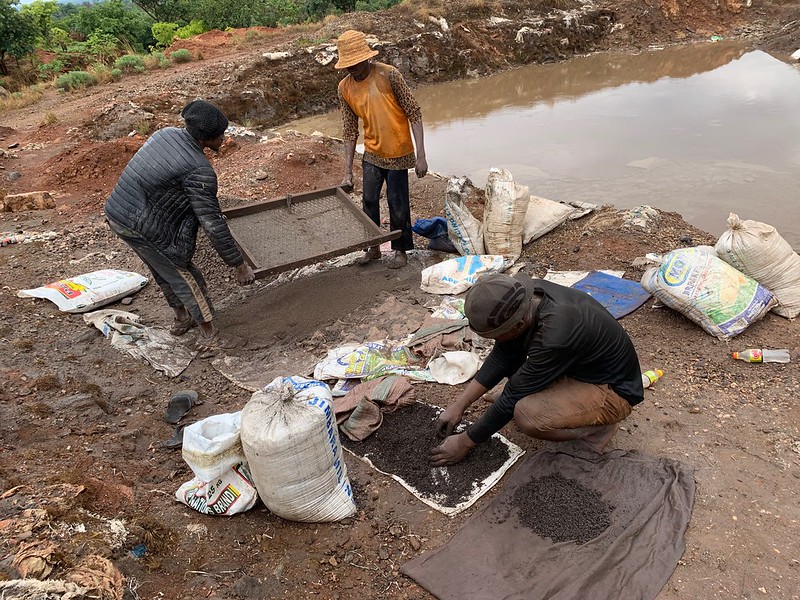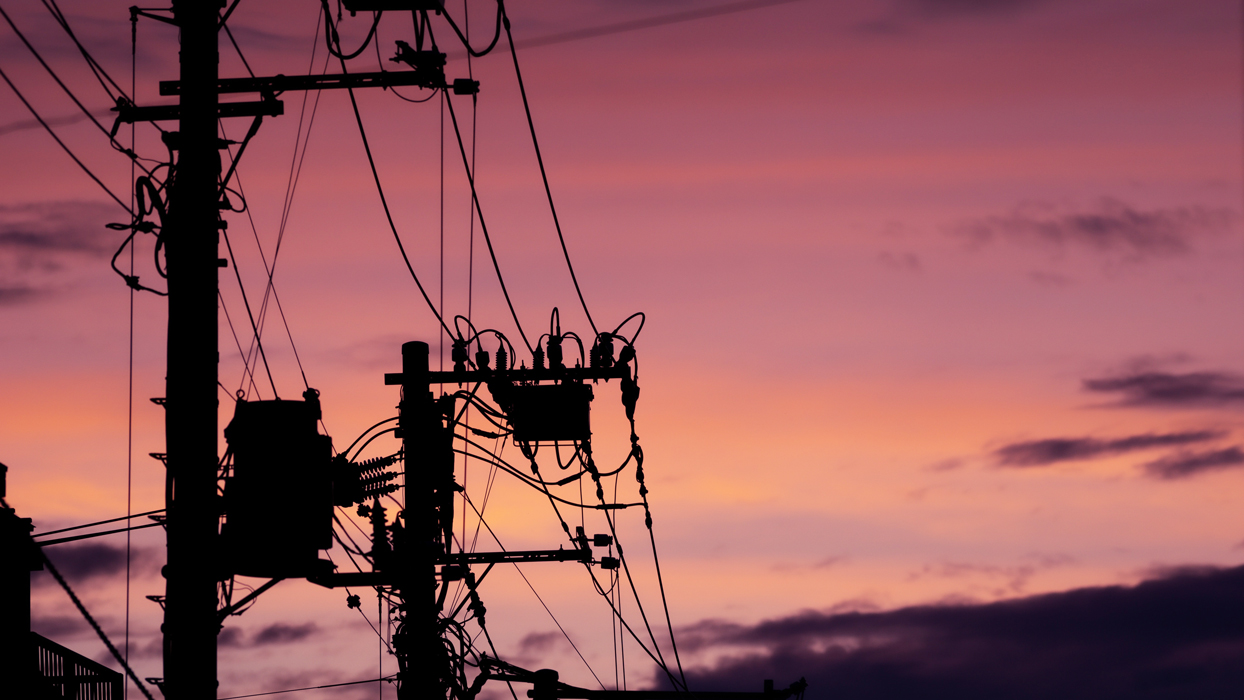Clothing Poverty should be of immense intellectual stimulation to anyone searching for inspiring examples of writing about a capitalist system as a whole rather than isolated capitalist actors, says Dagna Rams.
Many of us, clothes consumers in the West, are aware of the poor working conditions in Asian sweatshops existing side-by-side with multinational companies’ growing revenues. In this context, donating one’s used clothes seems like an act of consumer redemption – an opportunity to redistribute one’s problematic purchases to those less well-off. Andrew Brooks’ Clothing Poverty: the Hidden World of Fast Fashion and Second-hand Clothes is a cold shower to such wishful thinking. His book is an exposition of the entwined economies of clothes’ production in Asia, over-consumption and clothing waste in Europe and the US, and clothes’ afterlife in Africa’s second-hand markets. The book is ambitious in its attempt to connect all those geographic locations and commodity phases into one coherent picture. The particular focus of the book is Africa. What is the fate of African economies as they become a destination for what Nigerians (and Ghanaians) call dead white men’s (that is second-hand) clothes? Is it possible for the African clothing industry to be competitive globally or (at the very least) survive in the global economy?
Before Brooks settles his eye on Africa, the book takes the reader on an expansive tour. With an amazing speed, we tour the cotton fields of Central Asia, where farmers are paid little and considerations of the environment are secondary (compare the aerial images of the Aral sea now and some 20 years ago to get a quick proof – the author urges). Then, we visit factories in Asia (after a quick hop on a time machine, also the textile industries of the Industrial Revolution in the UK), where many laboured for very little. Back in the occidental terrain of today, we learn that companies like Zara pioneer the practice of launching “11,000 new items a year” (p.70). The point is clear: capital extracts as much surplus labour as possible to create as much profit as possible. As the capital flows unbounded, it settles where labour costs are cheap.
According to Brooks, it is the spectre of commodity fetishism that explains why consumers do not oppose labour exploitation – they are too busy enjoying the perks of cheap fashion.
Brooks’ prose slows down as he considers the afterlife of the massive clothing industry – “as more clothes are consumed, greater volumes of textile rubbish are produced (…) waste old clothing does not just go away; it goes somewhere” (p.83). One of the “somewheres” is Africa. Second-hand clothing charities such as World Vision or Oxfam are at the centre of the transfer of disposed clothing from the global North to the global South. Many people who “donate” their clothes are unaware that the clothes will be sold rather than handed out to the “global poor”. Brooks’ description of huge sorting plants in the global North and the networks that take the clothes to Africa is breath-taking. The sorting plants pack clothes into bales. The bales contain good quality clothes, but also clothes that are difficult to salvage. For the sellers on the markets in Mozambique, which Brooks visits, this means that buying a bale is like buying a lottery ticket. Some sellers “have been forced out of the business when a succession of bad bales led to the loss of all their money” (p.176). Prepare yourself to read a dizzying collage of huge waste numbers (eg in 2013, UK exported 350,000 tons of used clothing abroad) and small gains made at African markets, where these end up.

Eventually, Brooks’ book runs into a chicken-and-egg problem: Does the second hand clothing sector create employment that otherwise would not be there? Or does it lead to the collapse of local clothing production? Brooks’ argument is squarely on the side of stimulating African production, and that is in spite of the odds. As the author himself reminds, the African clothing industry is waning (e.g. Nigerian clothing manufacturing employed 200,000 workers at its peak but has now almost disappeared). Factories such as the Zambia China Mulungushi Textiles factory that tried to follow the Fordist model of paying “living” wages have now collapsed. Any gains from second-hand economy are ultimately dismissed: “different groups of Africans, inducing second-hand clothing traders, textile workers and impoverished consumers, have had varied experiences, but their individual interests should not be considered in isolation. Some people have gained while others have lost (…) Compartmentalizing the different experiences of various groups of the poor gives a fragmented view of the society and can serve to embed the view that inequality and uneven development are somehow natural, rather than the outcome of capitalist enterprise” (p.145).
In as much as Brooks’ arguments are uneasy with the aforementioned inequality, the capitalist system he depicts appears entrenched. The solutions that he offers to the reader are those of mild tweaking on the side of consumers: supporting companies that make clothes out of disposed ware, buying from companies that pay equitable wages, and finally consuming less and better quality. At the same time, bigger political solutions that his narrative seems to call for are out of sight. This might not be the book’s drawback but rather its pessimistic conclusion.
Clothing Poverty should be of immense intellectual stimulation to individuals wanting to be a better (and more depressed) consumer, or those searching for inspiring examples of writing about a capitalist system as a whole rather than isolated capitalist actors. At the same time, it might be a somewhat frustrating read to anyone who has chucked out Marxist narratives to the bin of the yore, and is suspicious that any revolution is able to bring a global equality.
Clothing Poverty: the Hidden World of Fast Fashion and Second-hand Clothes. Andrew Brooks. Zed Books Ltd. 2015.
Dagna Rams (@dagnna) is a doctoral student at the University of Lausanne. Her research is on politics and informal economies of electronic waste in Accra, Ghana.
The views expressed in this post are those of the author and in no way reflect those of the Africa at LSE blog or the London School of Economics and Political Science.






2 Comments